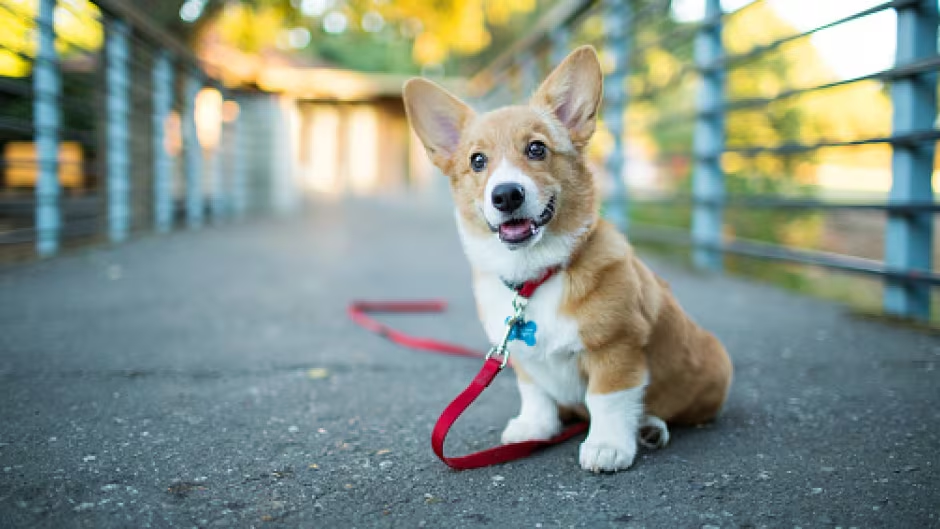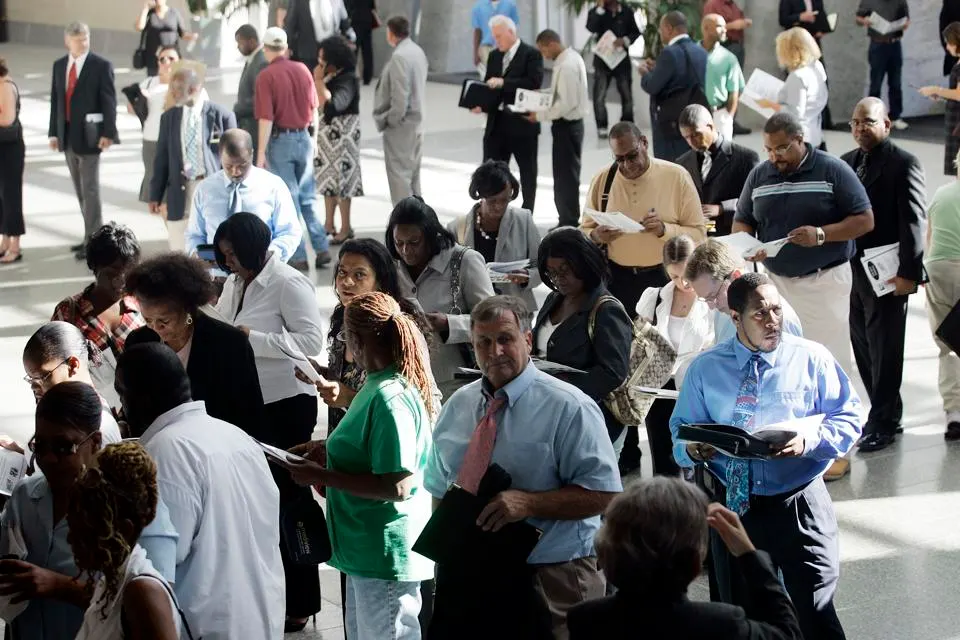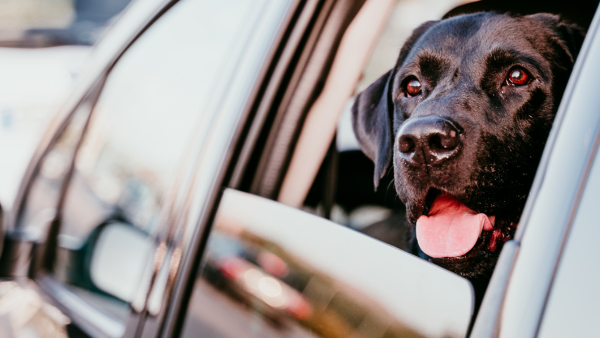Driving through congested junctions is a typical occurrence in Minnesota’s major cities, such as Minneapolis, St. Paul, Duluth, and Rochester. It is essential to understand right-of-way legislation, particularly while turning right on red lights, to maintain both traffic flow and—more importantly—driver and pedestrian safety.
The recent revision to Minnesota’s right-turn-on-red (RTOR) rule is the main topic of this blog post. In order to assist Minnesota drivers in staying informed and safely navigating junctions, we’ll present a succinct and straightforward explanation of the current regulations (as of April 2024).
Importance of Right-of-Way Laws and Right Turns on Red
Right-of-way laws provide a defined path for cars approaching a crossroads, reducing the risk of accidents and guaranteeing a steady flow of traffic. The right-on-red (RTOR) rule permits drivers to turn right at a red light after fully stopping, giving way to approaching traffic and pedestrians, and confirming that it is safe to continue. Even though RTOR seems straightforward, if not understood properly, it can be complicated.
Recent Updates to Minnesota s Right Turn on Red Law
It’s crucial to remember that Minnesota’s RTOR statute can have changed after it was last updated.As of April 2024, the law is reflected in this blog entry.You can always check the official Minnesota Driver and Vehicle Services (DVS) website (https://dps.mn.gov/) for the most recent information.
Understanding the Rules (Clear and Simple Explanation)
The following summarizes Minnesota’s RTOR regulations as of April 2024:
When You Can Make a Right Turn on Red in Minnesota (2024):
- Solid Green Light: This is the most straightforward scenario. If you re facing a solid green light and there s no oncoming traffic or pedestrians crossing your path, you can safely make a right turn after coming to a complete stop.
- Green Turn Arrow: Similar to a solid green light, a green turn arrow indicates permitted right turns after a complete stop, assuming there are no conflicting movements.
When You CANNOT Make a Right Turn on Red in Minnesota (2024):
- Red Light: This may seem obvious, but it s essential to reiterate that a red light prohibits any movement, including right turns, until it changes.
- No Turn on Red Sign: These signs explicitly override the general RTOR permission. If you see a No Turn on Red sign, you must come to a complete stop and wait for a green light or green turn arrow before turning right.
- Yield Sign: At intersections controlled by yield signs, you must come to a complete stop, even when turning right on red. After stopping, you must yield the right of way to any oncoming traffic or pedestrians crossing your intended path before proceeding.
- Unclear Visibility: If your view of oncoming traffic or pedestrians is obstructed (due to rain, snow, foliage, or any other reason), it s unsafe to make a right turn on red. Wait for a clear view or a green light before proceeding.
- Double Right Turn Lanes: These can be tricky. The general rule is that you can only turn right on red if you re in the rightmost lane designated for right turns. If you re unsure, wait for a green light.
Additional Considerations for Safe Right Turns on Red:
Benefits and Drawbacks of Right Turns on Red
Permitting right turns at red signals has benefits and drawbacks. Here is a summary of each side:
Advantages:
Cons:
Getting the Right Balance:
Driving responsibly is essential to maximizing the advantages of RTOR while lowering safety hazards. Prioritize safety above all else by stopping completely, giving way, and making sure there is a clear lane before making a right on a red light.
Frequently Asked Questions (FAQ) About Right Turns on Red in Minnesota
If there is a car turning left from the oncoming lane, can I still turn right on red?
A: Not at all. Any oncoming traffic, even those turning left, must give way to you. Await their completion of their turn before moving on.
What happens if the traffic light is red for me but the pedestrian light is still red? Can I turn right when it’s red?
A: Not at all. Regardless of the status of the traffic light for cars, pedestrians always have the right-of-way. Before making a right turn, wait for the pedestrian light to turn green or for every pedestrian to pass through the crosswalk.
Does committing an unlawful right turn on a red light in Minnesota carry any consequences?
A: In agreement. There could be a fine and points taken off your driver’s license for breaking the RTOR law.
Tips for Safe Right Turns on Red in Minnesota
Conclusion: Stay Informed, Drive Safely
It is imperative to comprehend Minnesota’s right-turn on red law in order to drive safely and responsibly. You can lessen the likelihood of accidents and help to improve traffic flow by adhering to the above-mentioned guidelines and placing a high priority on safety. Recall that the secret to everyone’s safe and happy driving experience on the road is to practice defensive driving techniques and remain knowledgeable about traffic rules.
Extra Sources:
Notice:
This blog post’s content is meant mainly as general information and is not intended to be legal advice. For the most up-to-date and correct information on traffic rules, it is advised to check with legal counsel or the official Minnesota Department of Transportation website.





























